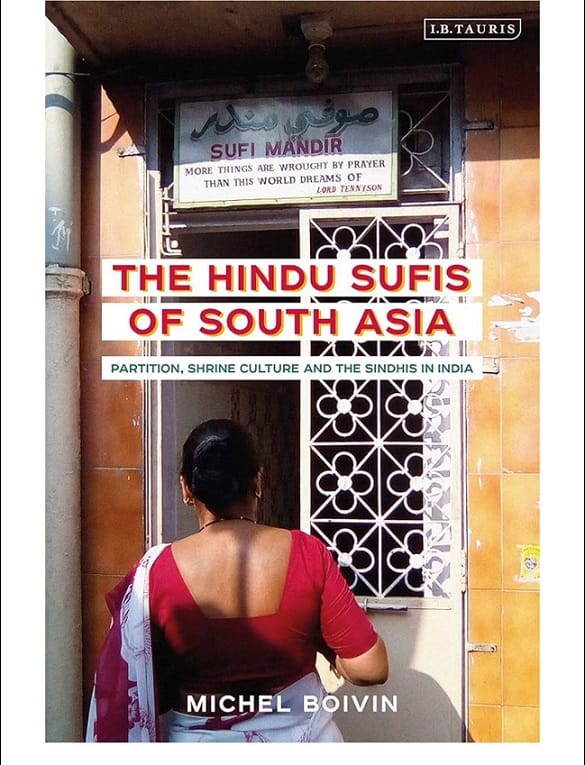
Syed Ali Mujtaba
“The Hindu Sufis of South Asia- Partition, Shrine Culture and the Shindhis in India” is the title of the book that portrays the complex religious landscape of modern India. It underscores the point of what we call the “Syncretic Identity,” of Hindus-Muslims in India.
The book is written by Michel Boivin, a French historian, and anthropologist specializing in South Asian history. He is currently Emeritus Director of Research at the French National Center for Scientific Research and a member of the Centre for the Study of South Asia and the Himalayas.
The book “Hindu Sufis of South Asia” is an eye-opener as it describes the shrines or prayer houses of the Hindu Sindh community that still stand out as a powerful example of interfaith relations in this country.
It needs to be retreated that the Sindhi Hindu community moved to India and practiced Sufism following the province of Sindh’s inclusion into Pakistan after the Partition of India in 1947.
The book does a close analysis of literature and poetry, interviews with the key informants, and after a thorough reading of historic rituals and architectures, demonstrates that this active religious minority community has managed to retain its unique Hindu-Sufi identity amidst religious polarization in India.
Michel Boivin mentions the creation of sacred spaces called darbars, which a religious buildings where the Hindu Sindhis worship the Sufi saints, chant Sufi poetry, and perform Sufi rituals.
The book tries to portray at this vibrant Sindhi Hindu community as a trans-religious culture capable of navigating the challenges of the modern nation-state, which is marked by intolerance in recent times.
This book is an important contribution to understanding the complexities of the Muslim-Hindu encounter in India. The cover page of the book speaks a thousand words, for those who don’t understand the complex meaning of Hindu Sufis.
“Hindu Sufis of South Asia” by Michel Boivin is an eBook brought by Bloomsbury Publishing in 2019. Its ISBN # 9781788319560
